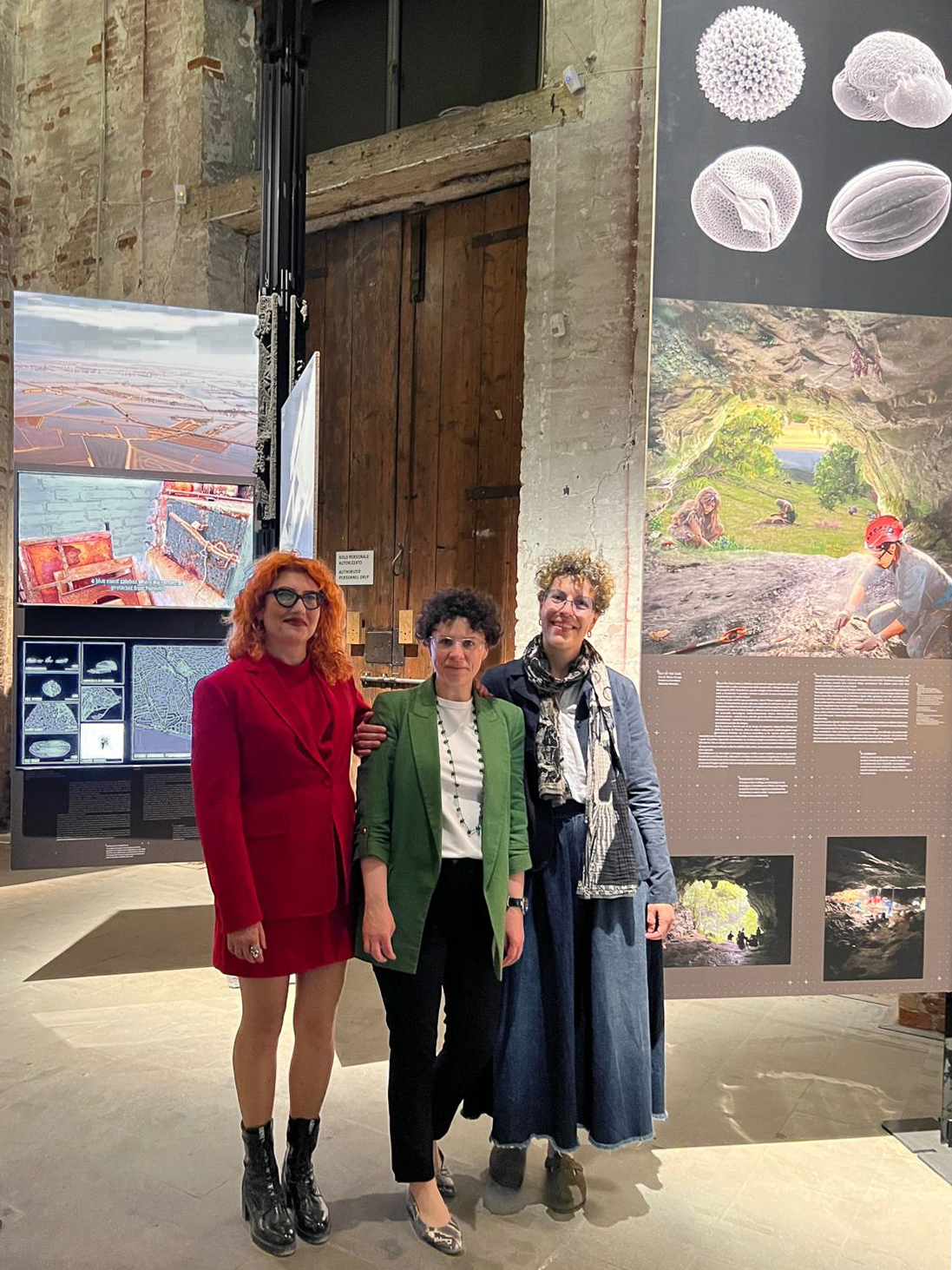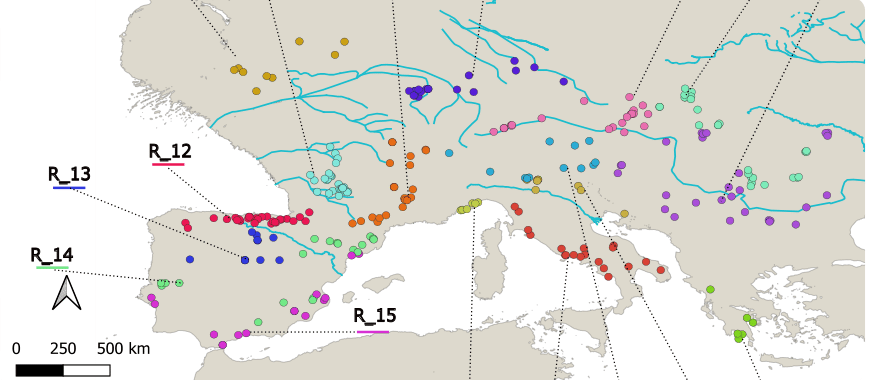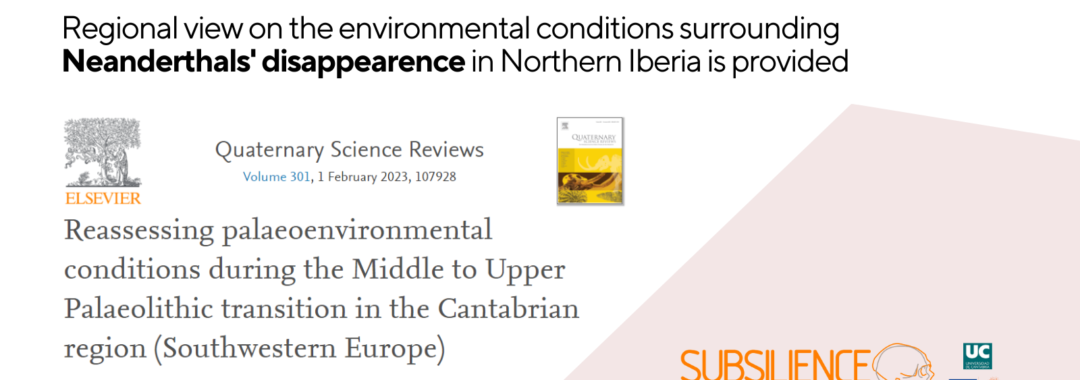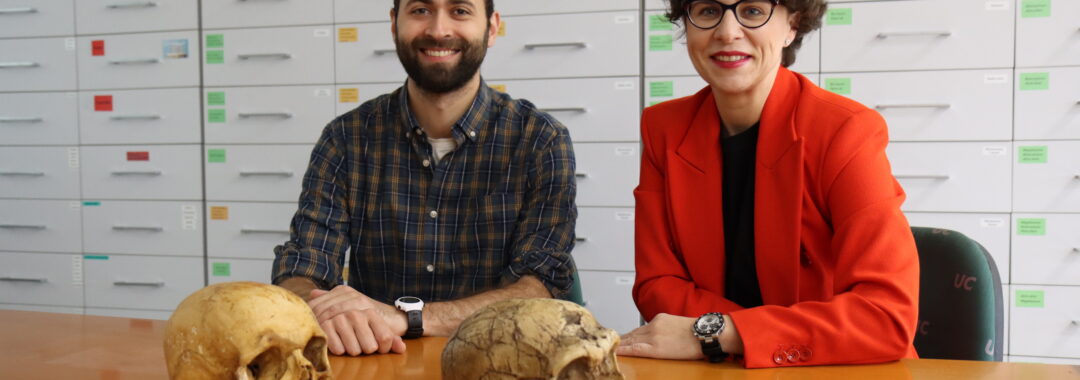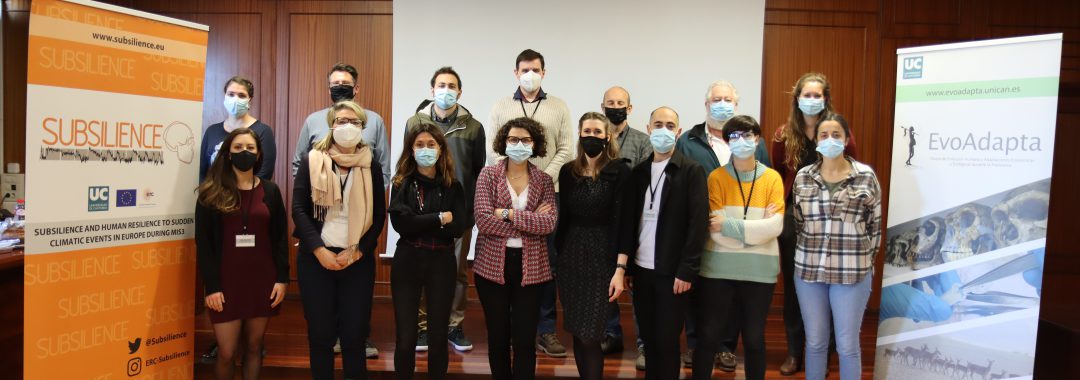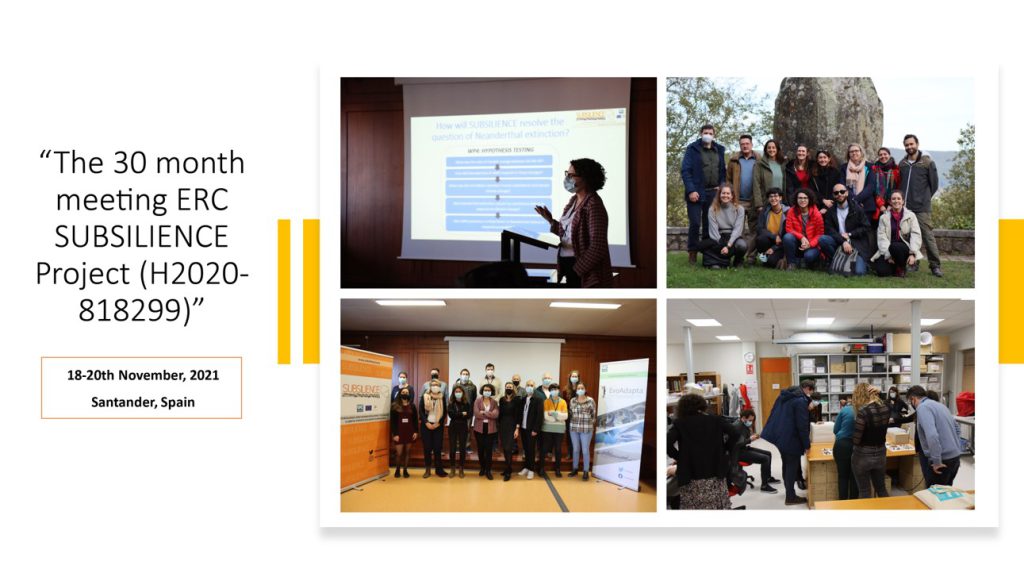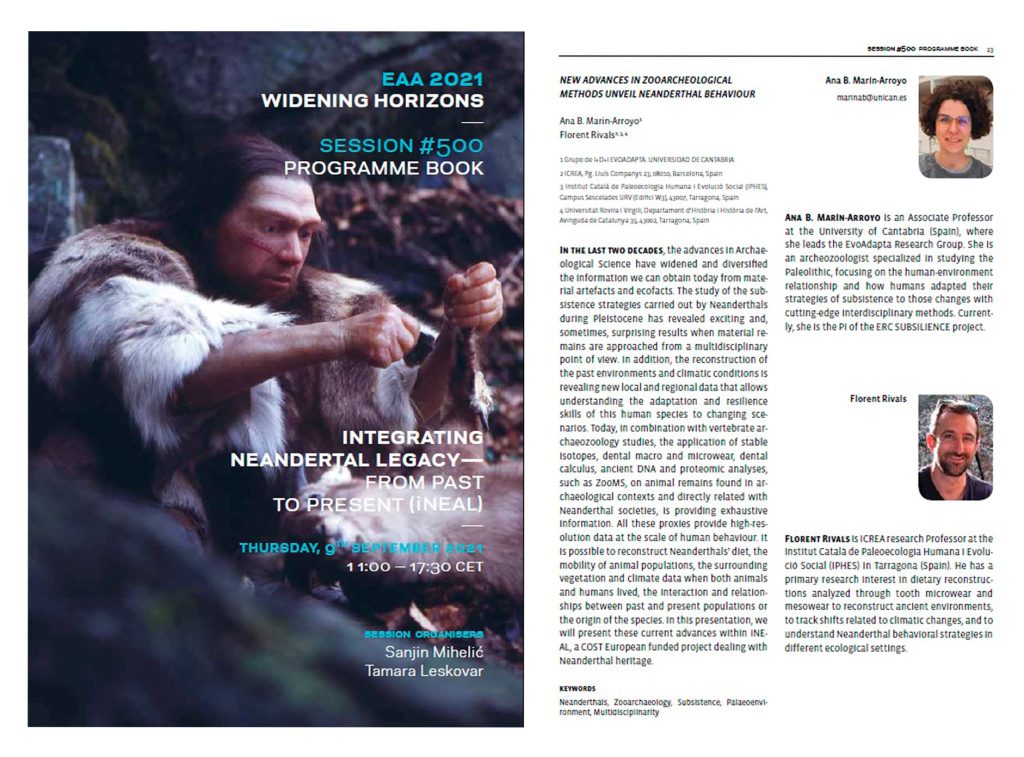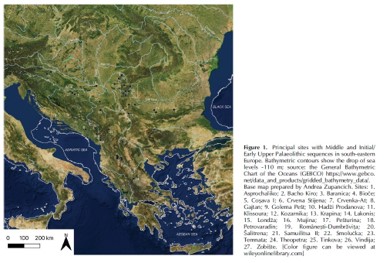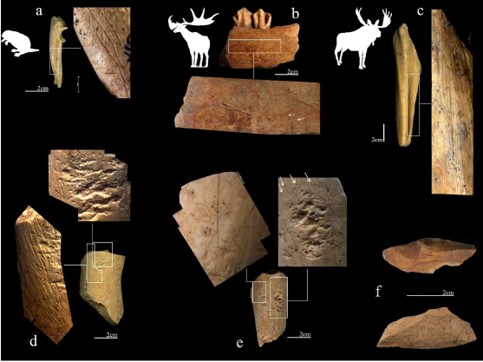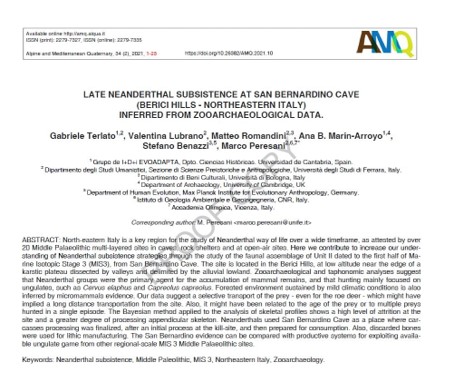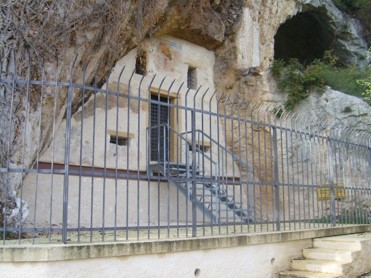Out of the Cave overlays past and present to rethink how we face an imminent climatic future
The work Out of the Cave is born from the crossroads of paleoart and science to build a direct bridge between knowledge of our past and the decisions made today that will define our future. The centerpiece — an illustration that fuses past and present — was created by paleoartist Gabriela Amorós Seller, paleobiologist José S. Carrión, science-content specialist Federica Crivellaro and prehistoric historian Ana B. Marín-Arroyo. It is currently on display at the 19th Venice Architecture Biennale and has just been published by invitation of editor Camilla Imarisio in the prestigious journal iScience. More than a reconstruction, the work blurs the boundary between art and science to awaken a collective awareness about the planet’s future.
That intent to break boundaries is the Biennale’s driving pulse: to see architecture not as mere shelter but as a transdisciplinary act of adjustment. The capacity to adapt is inscribed in us from our origins — human resilience in European Prehistory, the focus of the ERC project SUBSILIENCE — and the findings of that project serve as the foundation and inspiration for the installation.
The cave, past and present
Imagine a Cantabrian cave at the end of the Pleistocene: two women occupy the same space, separated by 35,000 years, joining everyday gestures — gathering, studying, observing — in a scene that transcends the walls of time and questions our concept of progress. That design recovers the symbolic power of Plato’s Allegory of the Cave: the cave suggests how the shadows of the past and the projections of the present can confuse our perception of “progress” and conceal more sustainable ways of living. The installation invites viewers to “leave the modern cave”: to recognize that disconnection from the environment is not synonymous with improvement, and that looking back can offer useful solutions for contemporary climate decisions.
Biodiversity in detail
Beyond the symbolism, Out of the Cave functions as a scientific exercise in which every detail matters. It is a piece of paleoart: based on data such as pollen and other fossil evidence recovered from archaeological sediments, the team reconstructs landscapes and scenes with rigor and fidelity to the available evidence. The piece eschews the centrality of megafauna and presents biodiversity as a fabric of interdependent nodes — plants, fungi, insects, amphibians, birds and small- and medium-sized mammals — whose functional roles sustain interactive networks, ecological processes and human ways of life.
Emphasizing the “small,” sometimes invisible to the human eye, is not anecdotal: it is an ethical stance on how we represent nature. The fascination with the spectacular has hidden key agents of ecological resilience; the loss of those subtle webs can trigger silent collapses until they become irreversible. Out of the Cave restores visibility to those invisible pieces of the ecological puzzle and turns them into pedagogical and aesthetic evidence. At the same time, the work recovers the alimentary dimension as a vector of adaptation: an omnivorous diet and the selective use of plant and fungal resources are presented as drivers of health, cultural innovation and survival in the face of environmental changes and pathogens.
Interdisciplinarity for evolution
Framed and funded by the European project SUBSILIENCE and the projects HOMEDSCAPE (Spanish State Research Agency) and Pleistocene Paleovegetation of the Iberian Peninsula (Séneca Foundation), Out of the Cave not only draws on their scientific results but inherits the collaboration between paleoart, paleobiology, history and archaeology, demonstrating that breaking down disciplinary boundaries — and communicating science with clear, emotive aesthetic resources — is a powerful way to engage diverse audiences and generate policies and practices more informed and sensitive to ecological context.
“If looking back allows us to see trajectories that work, then knowledge of the past is a tool to choose how we face the future,” says Ana B. Marín-Arroyo, Director of the EvoAdapta Group and principal investigator of SUBSILIENCE. Out of the Cave is, therefore, an urgent invitation: to leave the modern cave — the one in which disconnection from the environment is confused with progress — and rebuild a collective responsibility toward the life we share on the planet.
Link to the article: https://www.cell.com/iscience/fulltext/S2589-0042(25)01653-0?_returnURL=https%3A%2F%2Flinkinghub.elsevier.com%2Fretrieve%2Fpii%2FS2589004225016530%3Fshowall%3Dtrue